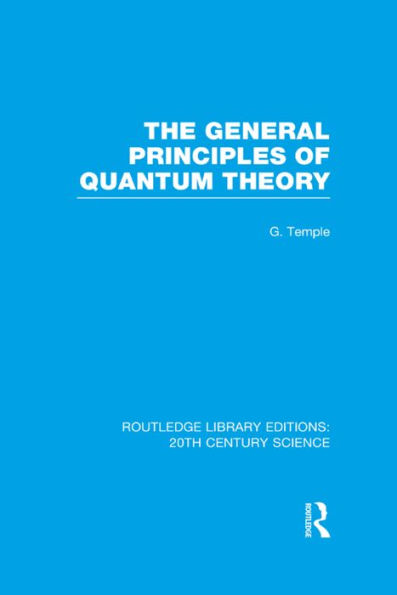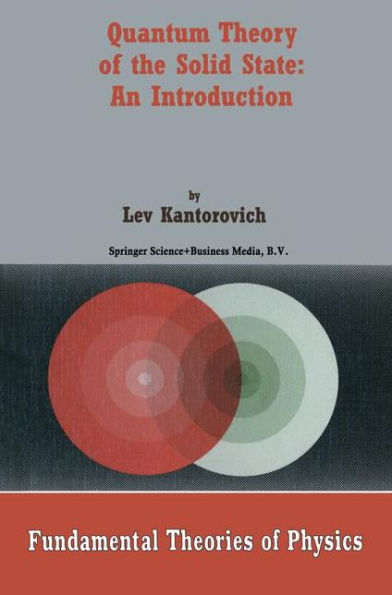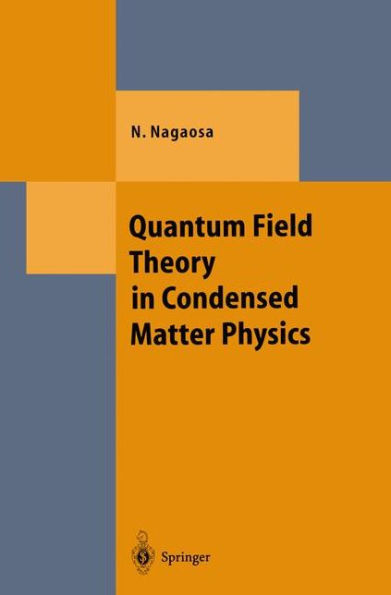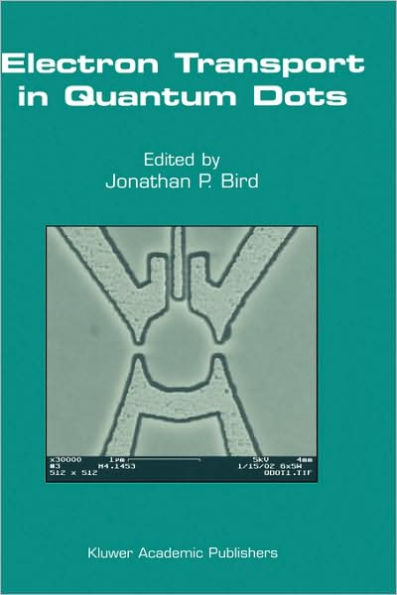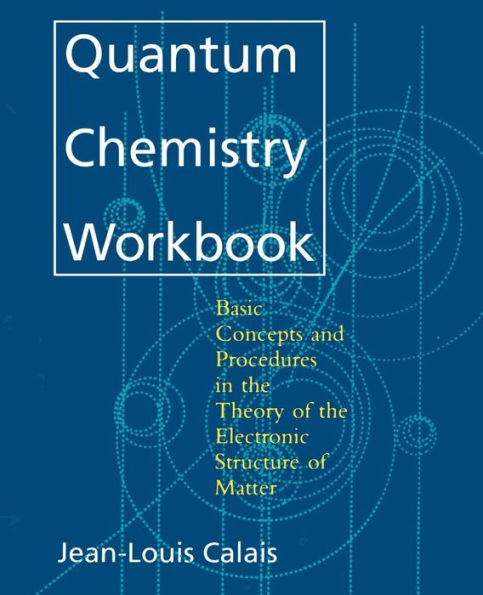Home
Quantum Theory of Conducting Matter: Newtonian Equations of Motion for a Bloch Electron / Edition 1
Barnes and Noble
Loading Inventory...
Quantum Theory of Conducting Matter: Newtonian Equations of Motion for a Bloch Electron / Edition 1 in Bloomington, MN
Current price: $109.99


Quantum Theory of Conducting Matter: Newtonian Equations of Motion for a Bloch Electron / Edition 1 in Bloomington, MN
Current price: $109.99
Loading Inventory...
Size: OS
The measurements of the Hall coefficient R and the Seebeck coefficient H (thermopower) S are known to give the sign of the carrier charge q. Sodium (Na) forms a body-centered cubic (BCC) lattice, where both R and S are H negative, indicating that the carrier is the “electron. ” Silver (Ag) forms a face-centered cubic (FCC) lattice, where the Hall coefficient R is negative H but the Seebeck coefficient S is positive. This complication arises from the Fermi surface of the metal. The “electrons” and the “holes” play important roles in conducting matter physics. The “electron” (“hole”), which by de?- tion circulates counterclockwise (clockwise) around the magnetic field (?ux) vector B cannot be discussed based on the prevailing equation of motion in the electron dynamics: dk/dt = q(E +v×B), where k = k-vector, E = electric field, and v = velocity. The energy-momentum relation is not incorporated in this equation. In this book we shall derive Newtonian equations of motion with a s- metric mass tensor. We diagonalize this tensor by introducing the principal masses and the principal axes of the inverse-mass tensor associated with the Fermi surface. Using these equations, we demonstrate that the “electrons” (“holes”) are generated, depending on the curvature sign of the Fermi s- face. The complicated Fermi surface of Ag can generate “electrons” and “holes,” and it is responsible for the observed negative Hall coefficient R H and positive Seebeck coefficient S.
The measurements of the Hall coefficient R and the Seebeck coefficient H (thermopower) S are known to give the sign of the carrier charge q. Sodium (Na) forms a body-centered cubic (BCC) lattice, where both R and S are H negative, indicating that the carrier is the “electron. ” Silver (Ag) forms a face-centered cubic (FCC) lattice, where the Hall coefficient R is negative H but the Seebeck coefficient S is positive. This complication arises from the Fermi surface of the metal. The “electrons” and the “holes” play important roles in conducting matter physics. The “electron” (“hole”), which by de?- tion circulates counterclockwise (clockwise) around the magnetic field (?ux) vector B cannot be discussed based on the prevailing equation of motion in the electron dynamics: dk/dt = q(E +v×B), where k = k-vector, E = electric field, and v = velocity. The energy-momentum relation is not incorporated in this equation. In this book we shall derive Newtonian equations of motion with a s- metric mass tensor. We diagonalize this tensor by introducing the principal masses and the principal axes of the inverse-mass tensor associated with the Fermi surface. Using these equations, we demonstrate that the “electrons” (“holes”) are generated, depending on the curvature sign of the Fermi s- face. The complicated Fermi surface of Ag can generate “electrons” and “holes,” and it is responsible for the observed negative Hall coefficient R H and positive Seebeck coefficient S.
